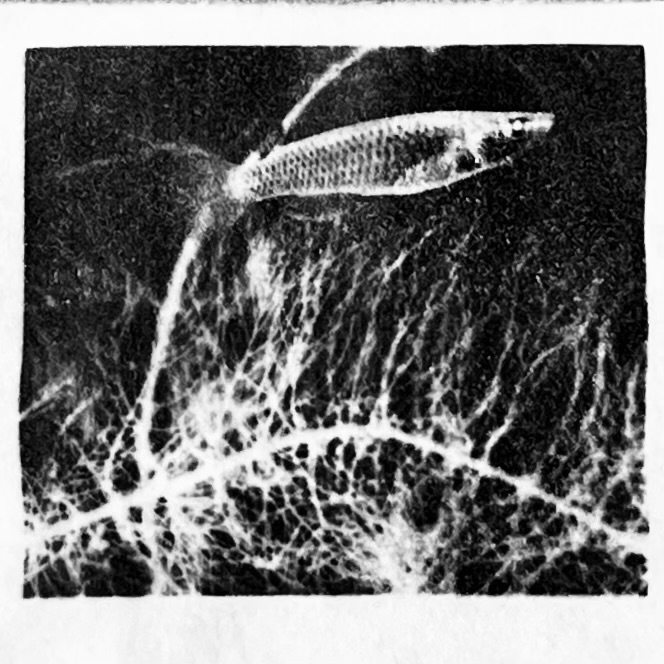Category: Global sonic cultures
-
物の哀れ(mono no aware)
Definition and Origins: From The Tale of Genji to Motoori Norinaga The concept of mono no aware can be traced back to Japan’s Heian period (794–1185), most notably in the literary classic The Tale of Genji. Written by Murasaki Shikibu, this monumental work portrays the impermanence of life and the ebb and flow of fate…
-
Dataplex
Dataplex (stylized as dataplex) is a 2005 album by Japanese sound artist Ryoji Ikeda.The first 19 tracksoriginate from tiny flecks of noise, clicks, and pulses of pure sine tones ranging from dogwhistle-high to bowel-shakingly low. They’re arranged with surgical precision into short slices of minimalist art-techno; funky in a very cerebral, molecular sort of fashion. This is a good…
-
Frequency distribution of the GREEN
Hiroshi Yoshimura’s “Green” (1986) is one of my research cases on Japanese ambient music.The frequency distribution of this piece is representative for symbolising Japanese culture and history.As can be seen in the figure, the frequency of the piece has a cyclical character, which echoes the Japanese culture that emphasises the cosmic order of cycles and…
-
Culture in sound
Through the study of Japanese ambient music, I have discovered its reconstruction of local identity in the tide of globalization. For instance, David Novak’s marginal circulation theory reveals its essence: the combination of Western electronic technology and Eastern spirituality. The shock of post-war modernization and the collapse of the bubble economy forced artists to rewrite…
-
The Power of Protest in Sound
We visited the sound exhibition of Iranian artist Noori, whose theme was Echoes of Protest. She didn’t tell stories through pictures or words, but used various sounds to let you directly feel the emotions of protest – such as anxiety, hope, and powerlessness. 27 minutes of audio:Someone recites T.S. Eliot’s “The Hollow Men” (the original…
-
Some texts and thoughts
a. In Noise, volume flattens out the scene to foreground the idiosyncrasies of individual sensation. Noise fans and performers sometimes describe their experiences at live performances as a state of hypnosis, dreaming sleep, or trance. This immersion in volume is not a moment of social collectivity but a personal encounter with the overwhelming presence of…
-
Developing a research question/topic
Research Question: How does Japanese ambient music reflect local culture, philosophy and identity? Directions: a. Identity: What kind of historical background and globalisation influences artists to create such music and how it reflects contemporary Japanese culture. b. Philosophical Influences: How to express the beauty of such mutilation as wabi-sabi aesthetics through sound, e.g. the irregularity…
